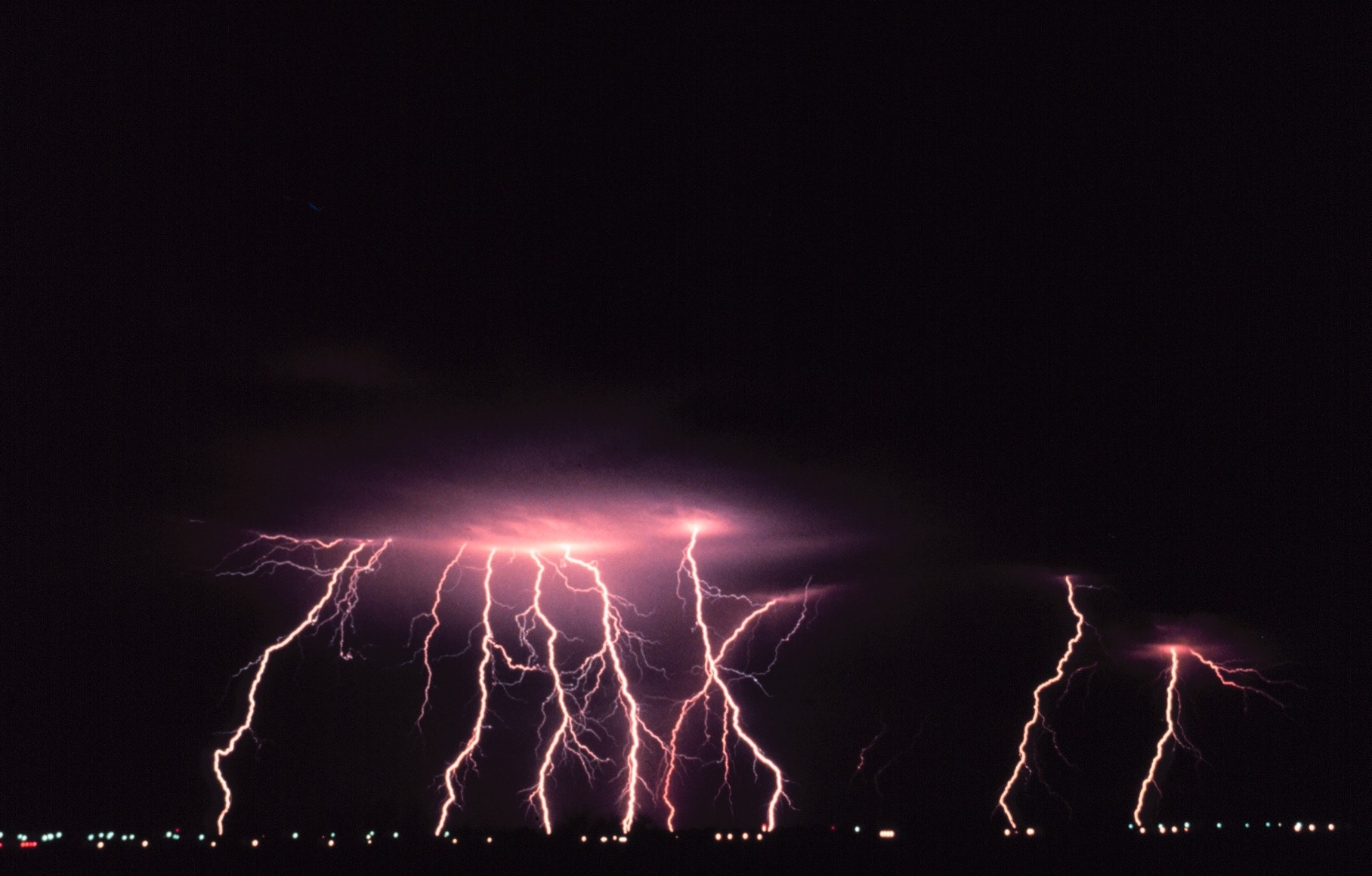
Disaster upon Disaster
They say that lighting doesn’t strike the same place twice, which is generally used as a way of saying that bad (or good) luck is limited to a single occurrence. It could well be true and I’ve just been in the right place at the right time to see the exceptions to that, but I have seen that one disaster can follow another.
If your business suffers a break in and it was easy for the perpetrators, there’s a good chance that they will be back. Prevention is better then the cure, so having a sign on the building proclaiming loud and clear that you have an alarm system may well deter the crime twice – along with the resultant costs and inconvenience.
Having obvious security is a deterrent, it is better than having a sign saying you have security it is more of a deterrent. The objective is to prevent the break in or remove the risk of a break in, as I said it may well prevent more than one break in.
Although there are things that will happen that impact your business, having the same thing happen twice isn’t as uncommon as people think. So when there is an issue with an impact, implementing preventative measures as quickly as possible is important. The break in scenario is an example, but I have seen several others in the real world.
It happens once – mitigate it!
This applies to every aspect of the business, customers, staff and external influences that are unknown to you. Take as example a loss of the public water supply, this is a really rare occurrence – so should you plan for it. The short answer is only if the impact impairs business function, if having the supply off for a day means having to get coffee from outside then it may not be such a big problem. If on the other hand you cannot function without water, you need to consider onsite storage of enough to keep you going.
The same applies to power or anything else provided to your business by third parties, whether it is a service like waste collection or a product like pallets – not having a buffer makes you more vulnerable. But you should only invest in a mitigation strategy if it makes sense, determining whether you mitigate a risk needs careful thought. And there are two reasons to implement a risk mitigation process, firstly where there will be a significant adverse impact on the business or it’s customers and secondly where the problem has been seen before and had an impact.
Recent Comments